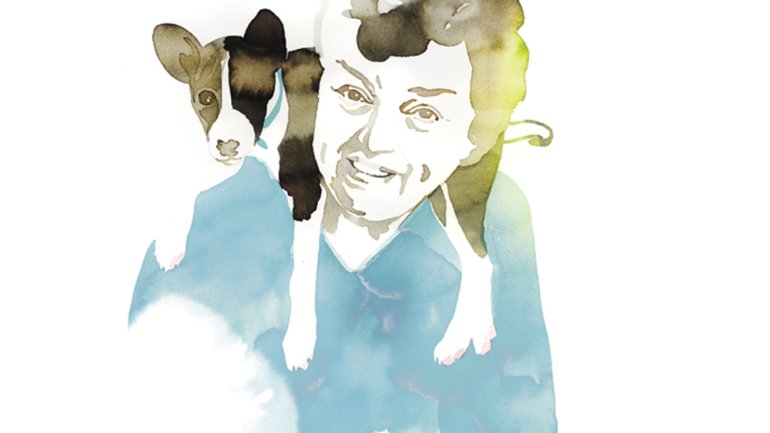Sculpture Unleashed
Sculpture Unleashed
To make art, artists need more than inspiration. It takes time, space, materials, equipment – in a word, money. That’s why the Virginia A. Groot Foundation gives grants of up to $35,000 each year to help exceptionally talented sculptors realize their creative potential.
We talked with Chicago-based artist and collector Candice Groot about what the Groot Grant does for artists, and why it matters.
What motivated you to start the foundation?
My expertise is in ceramics and sculpture. In 1988, just as the National Endowment for the Arts was eliminating many individual artist grants, we decided to begin awarding artists working in three dimensions so they could have the opportunity to devote additional time and resources to the development of their work. I saw a need to award these artists in particular. I want to stress that the grant is not only for ceramics, however. Any 3D media is accepted into the applicant pool, so long as it’s not made while the artist is a student. We award professional-level artists only.
We established the grant as an international, unrestricted award, and because of that we’ve been able to support artists from all places, backgrounds, ages, and levels of professional experience.
We’ve had the pleasure of being exposed to the depth and breadth of the sculpture world for the past 25 years.
Tell us about your mother, Virginia A. Groot, for whom the grant is named.
She was trained as a high school English teacher but she had a profound interest in art. She strongly encouraged her five daughters and countless others to be creative.
What are some notable results of the program?
It’s been a great source of pride to be able to assist many of today’s top artists in developing their work. Over the years, they’ve used the grant for many things, from taking a much-needed sabbatical to traveling abroad, from education in new techniques to the purchase of equipment that profoundly changed the scale and scope of their works.
Who knew that all Tip Toland needed was a mega-kiln? You only have to look at her work before and after the grant to see how the funds can affect an artist’s work; her work is not only larger, but the quality of her sculpting and her concepts have grown with the larger size. By traveling to his native Japan, Akio Takamori was able to research areas that would later influence his work. For the late Tim Blum, the grant allowed him to dream big; he wanted to buy 10,000 taxidermied bats for a piece.
Most recently Judith Schaechter began making glass sculpture, and Alessandro Gallo credits our award with giving him the ability to produce his entire exhibition this past fall at the Jonathan LeVine Gallery in New York. Adelaide Paul sent us a note that read, “There is the sense that other people maybe respect your work more because they are amazed, like I was, that someone gives you that large amount of money, and the publicity and such that goes along with it.”
When we review the work and careers of artists who have won the grant, we believe we’ve achieved our goal to have a significant impact.
You have an extensive art collection. What are you drawn to in the pieces you acquire?
The artworks I collect include paintings, drawings, prints, photography, and mixed media, with an emphasis on ceramic sculpture. Several have a historical basis, but I also acquire works by emerging and pre-emerging artists. Most of the work contains some kind of mystery that brings me to view it over and over again. They always appear fresh to me, and I see something different each time. I prefer to live with the art I collect, which makes for a very full house, along with my three dogs and two parrots.
What’s new with the foundation?
Well, in 2013 we began our partnership with the LH Project. LH is a ceramic residency program nestled in the picturesque foothills of Oregon’s Wallowa Mountains. Its founder and director, Jakob Haßlacher, invited us to become a program partner, and now our first-place award recipients who work in clay also receive an invitation to be an artist-in-residence at LH. Among the Groot Foundation winners to have already worked at LH are Beth Cavener Stichter and Alessandro Gallo, who have now also gone on to make sculptural collaborations together.
The Groot Grant does have a way of connecting people. Past first-place winners serve as jurors in following years; in one of those jury rooms, Tip Toland and Beth Cavener Stichter met, and their joint workshop program was formed. Tim Tate and Christina Bothwell also met as foundation jurors, and decided to collaborate on work. Stan Shetka and Tim Blum dreamt up their frozen mercury coins during a jury weekend.
Needless to say, it’s been fun being part of all of this!
Joyce Lovelace is contributing editor for American Craft.

